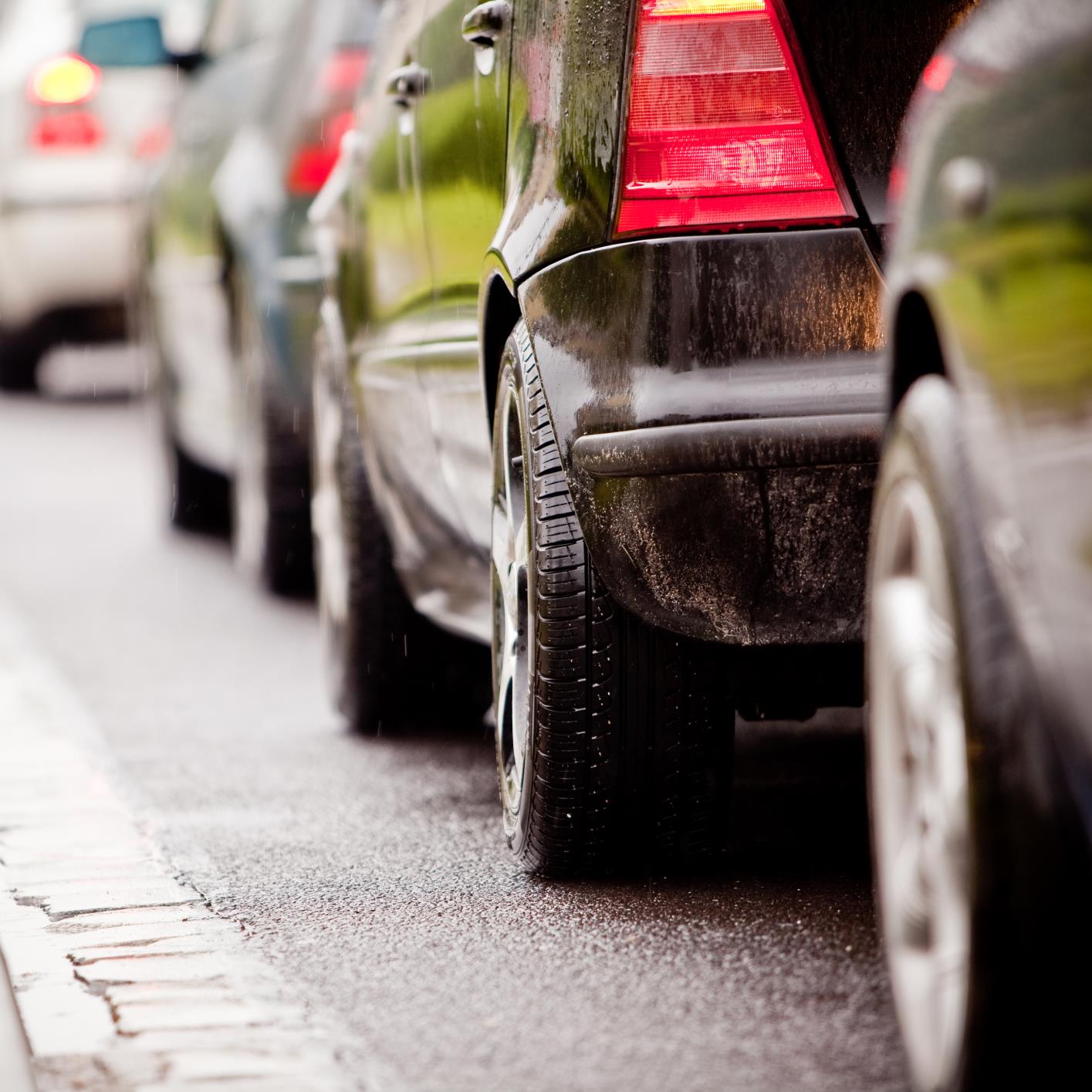Cars and Drivers
Subprime Auto Delinquencies Approaching 2009 Levels

Published:
Last Updated:

Since the financial crisis that ended (for most of us) in 2009, investors and economists alike have been looking for warning signs of the next recession. Maybe it keeps more eyeballs in the media. Maybe everyone was shocked enough by the financial crisis that they just can’t accept that another recession will come one day.
That brings up the auto market, driven after lot-emptying sales in 2015. Fitch Ratings has a warning for economists looking for the next shoe to drop. The asset backed securities market is showing that delinquencies in subprime auto loans have hit a six-year high in the United States. Losses are also classified as elevated.
What matters is that delinquencies are considered a leading indicator. That is not outright forfeitures, nor cars being turned in, but it signals that borrowers are strapped enough that some are starting to skip or delay their car payments.
Fitch is warning that U.S. subprime ABS loans on autos have now reached a level not seen since 2009. And it is the new car sales, as Fitch said that underperforming loans from recent vintages are driving the increase in delinquencies.
Want to know just how delinquent? Subprime delinquencies classified as 60 days or more reached 4.98% in January. This goes back to the September 2009 level of 4.97%, and it is important to note that the peak index level of 5.04% was seen in early 2009. While those delinquencies are up, the subprime annualized net losses are shown as having leveled off at 8.72% — but that is up 6.5% from a year ago, and the annualized net losses are projected to trend higher to the 10% range in 2016.
Weaker credit quality in the 2013, 2014 and 2015 securitized pools is where the problem is, and that has been amplified by marginally lower used vehicle values.
Delinquencies rose 6% month over month in January and were 4.8% higher than a year earlier. Annualized net losses were down 1% in January month over month, as well as 6.5% higher year over year.
Fitch said that it believes prime and subprime auto loan ABS asset performance will improve over the spring months, due to tax refunds coming. Fitch’s caveat there is that those seasonal benefits will more muted this year compared to prior years.
There are many things to consider here. First is that Fitch only rates the two largest issuers in the subprime auto loan ABS sector (General Motors Financial’s AMCAR and Santander Consumer USA’s SDART ABS platforms). Fitch also noted that the cumulative net losses may be rising marginally but remain well within expectations.
Fitch also said that it has consistently upgraded its subordinate bonds in 2015 and early 2016 as the transactions perform in line with expectations.
Fitch’s indexes track the performance of $95.9 billion of outstanding auto loan ABS transactions, of which 61% is prime and remaining 39% subprime ABS.
Fitch also said that it has a stable outlook for subprime auto ABS asset and ratings performance in 2016. Annualized net losses, even peaking above 10%, should not have an impact on ratings performance this year as the peak was 13% from early in 2009.
Other figures were reported as follows:
These numbers are far from alarmist levels. There are pockets of economic weakness around the country, and many consumers have yet to recover handily from the Great Recession and financial crisis.
Retirement can be daunting, but it doesn’t need to be.
Imagine having an expert in your corner to help you with your financial goals. Someone to help you determine if you’re ahead, behind, or right on track. With SmartAsset, that’s not just a dream—it’s reality. This free tool connects you with pre-screened financial advisors who work in your best interests. It’s quick, it’s easy, so take the leap today and start planning smarter!
Don’t waste another minute; get started right here and help your retirement dreams become a retirement reality.
Thank you for reading! Have some feedback for us?
Contact the 24/7 Wall St. editorial team.